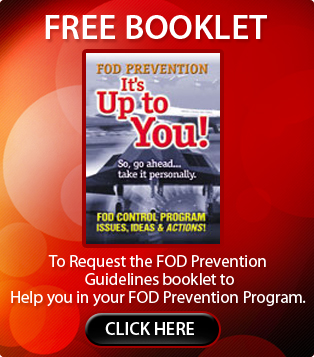Rat In Da Vat!
Assessing Your Airport’s FOD Culture
by Master Sergeant Steven Ball
Foreign Object Debris (FOD) in aircraft costs billions of dollars each year worldwide. FOD can be a nuisance when it delays a flight, can cause over a million dollars in damages when it enters an aircraft engine, or worse…
During high school I worked summers cutting grass at a wastewater treatment facility in New Jersey. Large, open concrete pools and miles of grass. Every now and then, I’d bag a rat that was too bold and got careless.

 In the best of all worlds, no foreign objects such as tools, fasteners, wire clippings and the like would ever be left behind in the workplace. But given the task of dealing with a less than perfect world, we strive to do our best at “Control” and “Collection”.
In the best of all worlds, no foreign objects such as tools, fasteners, wire clippings and the like would ever be left behind in the workplace. But given the task of dealing with a less than perfect world, we strive to do our best at “Control” and “Collection”. 

